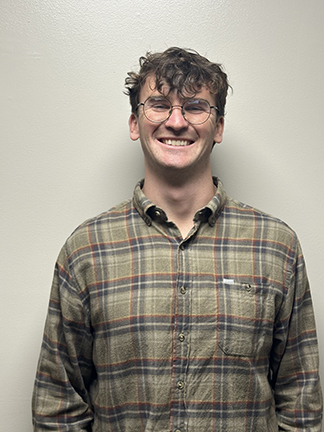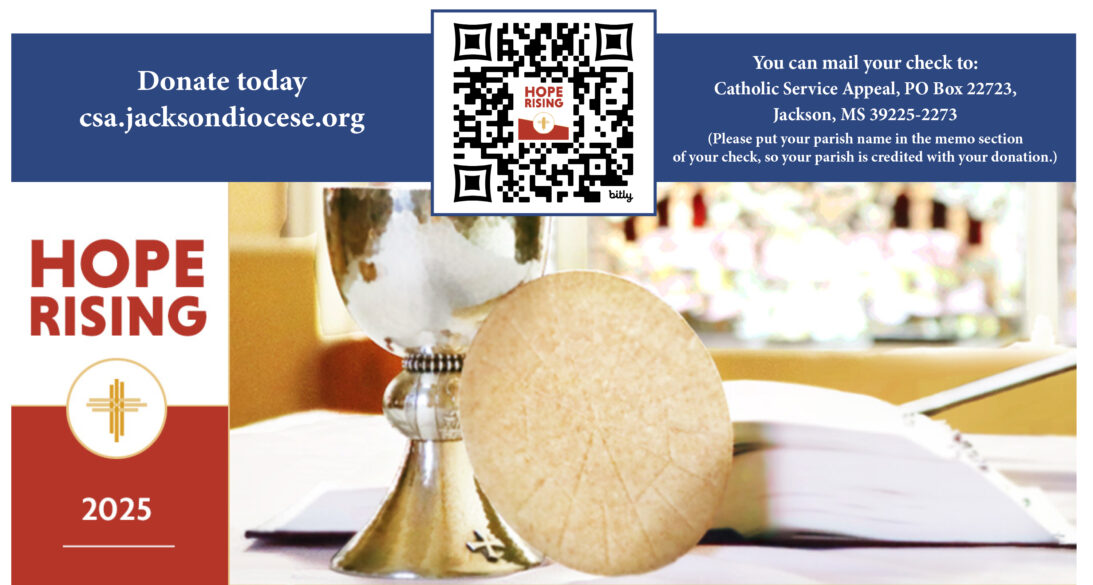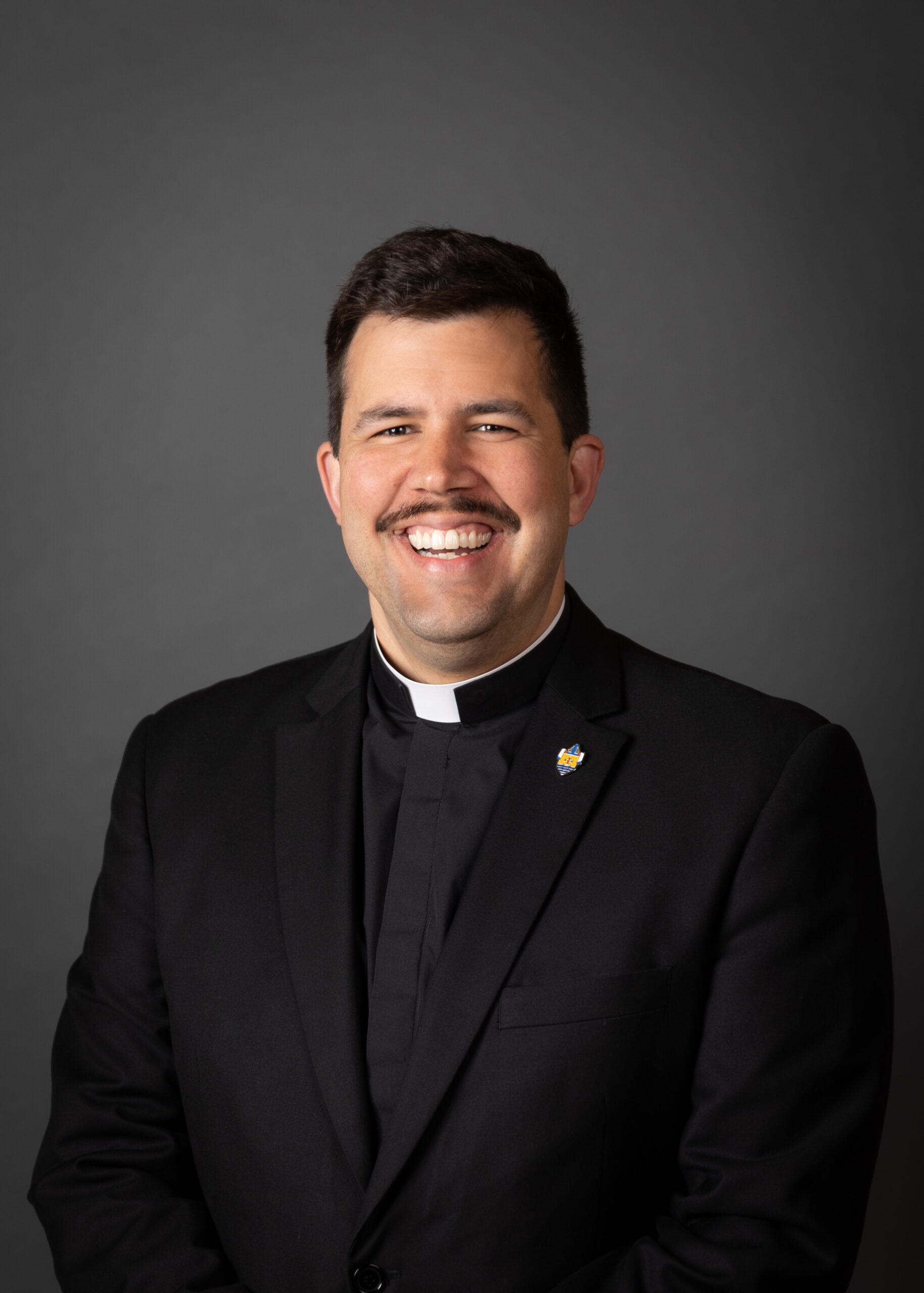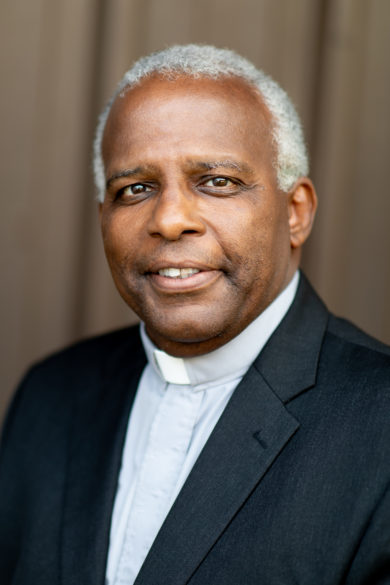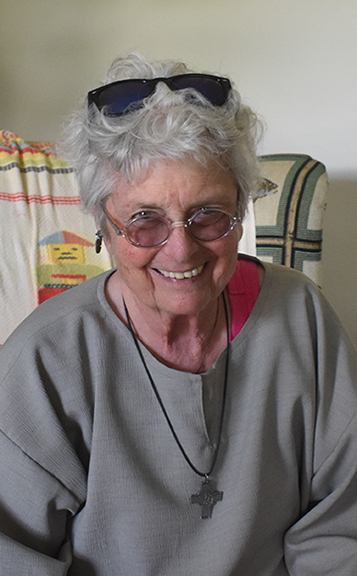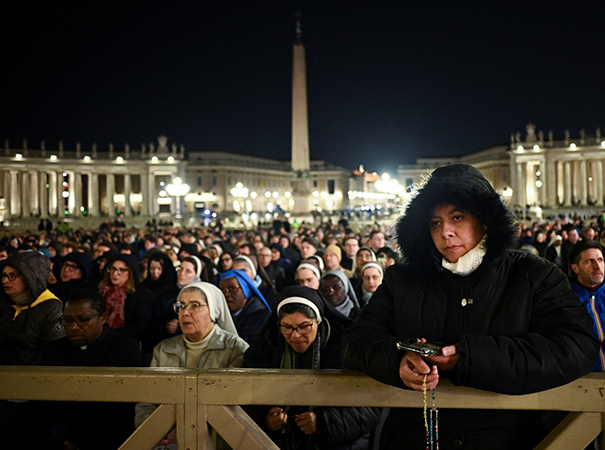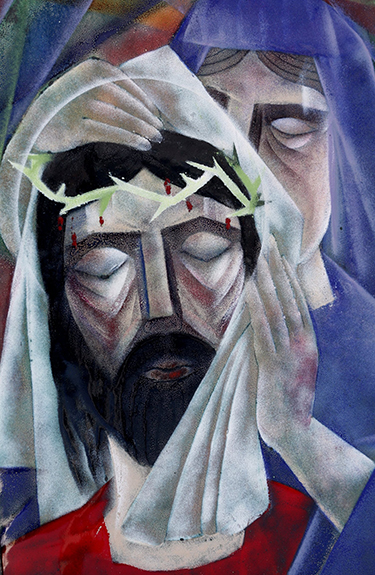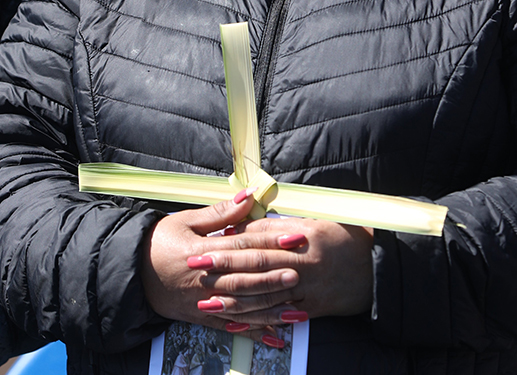By Carol Glatz
VATICAN CITY (CNS) – Christian joy is for everyone, not just for a privileged few, Pope Francis wrote.
“Christian joy is reliance on God in every situation in life,” he said in a message to people taking part in the second synodal assembly of the Catholic Church in Italy.
The assembly, which is meeting at the Vatican March 31-April 3, is part of a synodal process the church in Italy began in 2021. About 1,000 people – including more than 440 lay men and women – were taking part, representing 219 of the 226 dioceses in the country.
“The church is not made up of majorities or minorities, but of the holy faithful people of God who walk in history, enlightened by the Word and by the Spirit,” the pope said in his text, which was read by Cardinal Matteo Zuppi, president of the Italian bishops’ conference, during the opening session March 31.
“Christian joy is never exclusive, but always inclusive, it is for everyone. It takes place in the details of everyday life and in sharing: it is a joy with broad horizons, accompanying a welcoming style,” Pope Francis wrote.
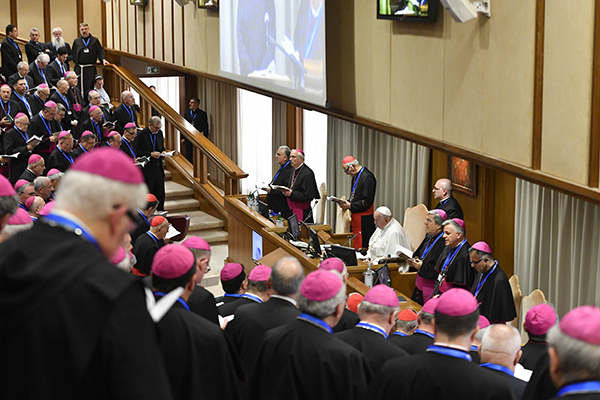
This joy is God’s gift, he wrote. However, “it is not an easy joy, it is not born of convenient solutions to problems, it does not avoid the cross, but springs from the certainty that the Lord never leaves us alone.”
It is a joy that the pope has experienced himself during his hospitalization, he added, “and now in this time of convalescence” as well.
The synodal assembly planned to discuss and vote on a series of concrete proposals and suggestions that emerged after a long process of listening and discerning, starting at the local church level. The bishops’ permanent council and the conference’s general assembly, which is meeting at the end of May, will finalize the proposals, which will be given to the local churches for their reception.
In his address to the assembly in the Vatican’s Paul VI Audience Hall, Cardinal Zuppi said the outcome of their synodal journey will depend on their approach as “pilgrims of hope,” who set out alongside others with humble backpacks and not set apart and above others, just shining “beacons” for others to follow.
The hope is to put the Gospel back into everyday life and discourse, and to build “open communities, full of God and humanity,” he said.


